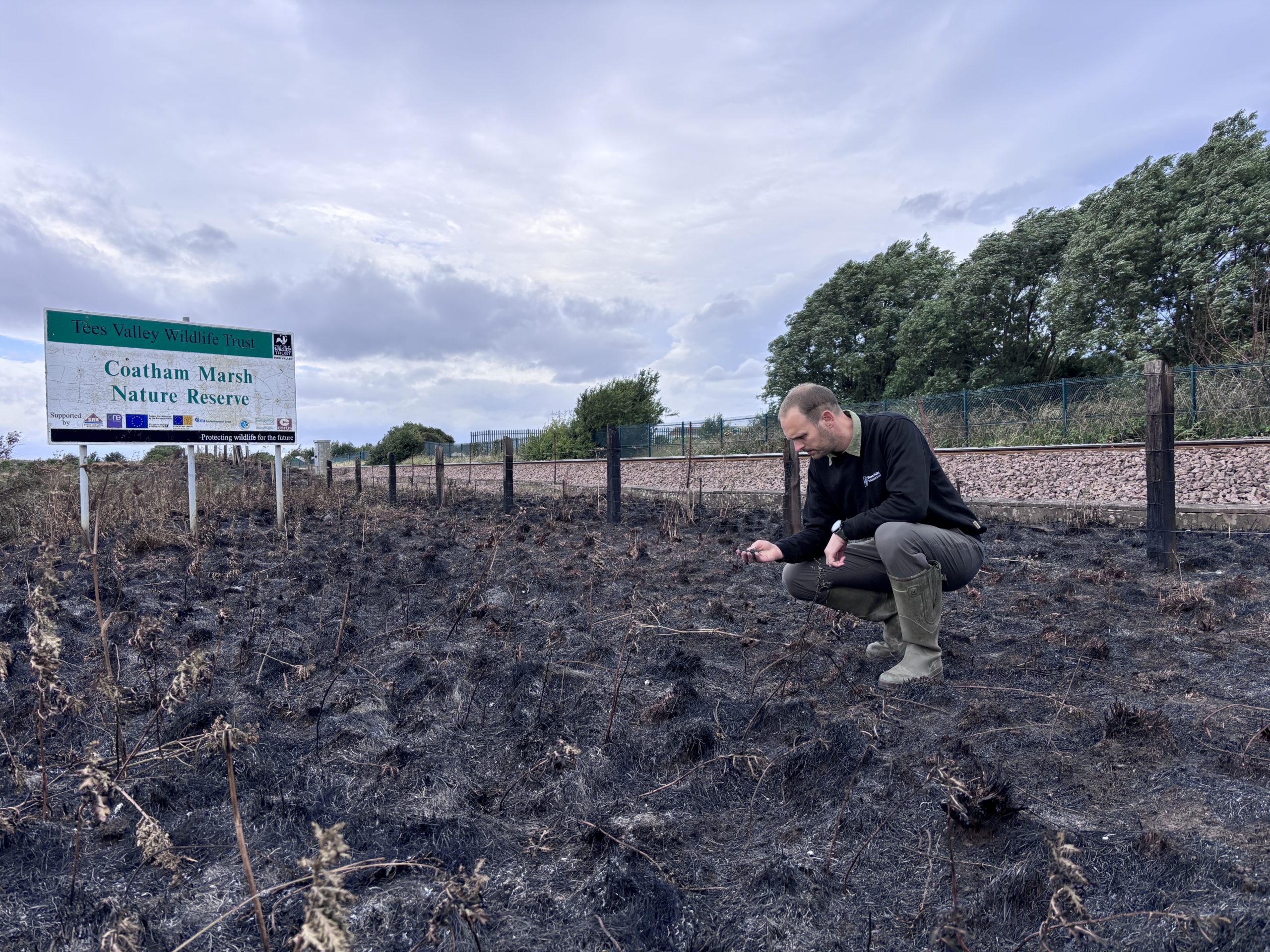Matthew Snelling, Peatland Restoration Officer for the Yorkshire Peat Partnership, introduces the wonderful world of peatlands, one of our most precious habitats.
Peatland is a wet, weird and wonderful habitat. Though for some it’s a foot-soaking annoyance when out hiking, and for many others it’s completely out of sight and out of mind, we should take a closer look at this unique landscape. It’s no exaggeration to say that the two million hectares of peatland found in the UK could be one of our greatest natural treasures.
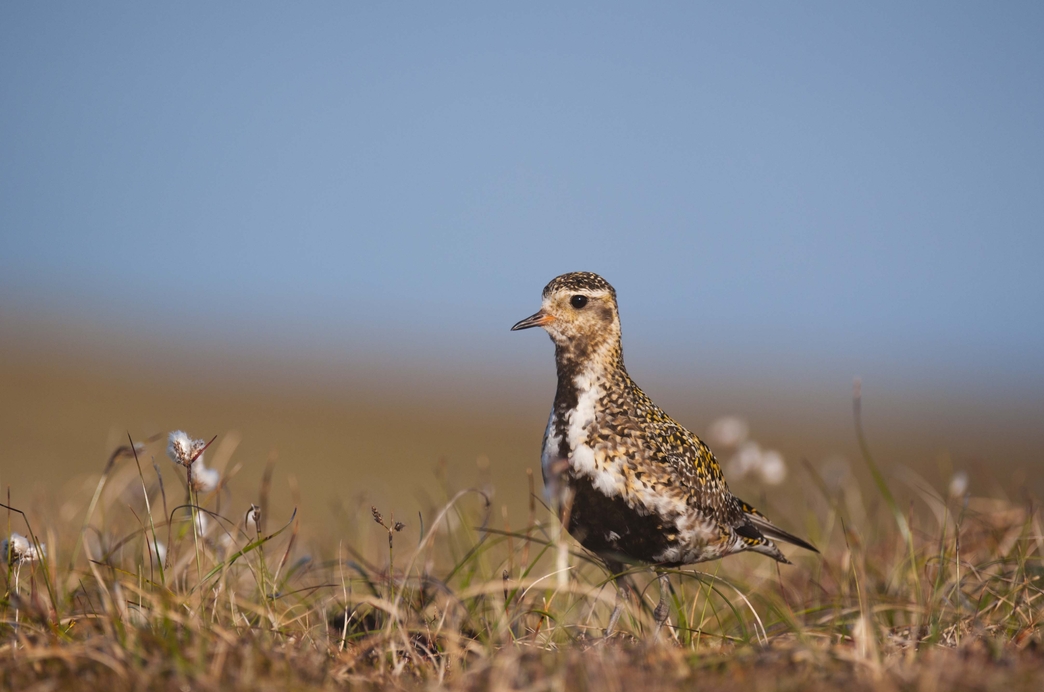
Carbon champions
Covering only 3% of the Earth’s land surface, this internationally rare habitat is the greatest store of carbon on land. It’s secret? Being so consistently wet! As plants die, they fall into this waterlogged, low-oxygen environment. This limits the decomposition that would normally release carbon into the atmosphere. Meaning that over time, carbon is locked up in layer upon layer of semi-decomposed plants, known as peat.
However, that is just the start of what our peatlands do for us. Healthy peatlands act to slow the flow of water, meaning they are a key natural flood defence. Flood damage in 2015-16 was estimated at £1.6bn. Ensuring we have healthy peatlands can help to reduce this massive cost.
Wild wonders
But peatlands aren’t just a soggy defence against flooding and carbon emissions, they’re also bursting with wildlife, internationally recognised as homes for some of our most charismatic creatures. Flocks of golden plover light up the skies with their gleaming, golden plumage whilst curlew fill your ears with their bubbling song. However, if you are a vole or a shrew, life isn’t so idyllic as short-eared owls erupt out of the mist ready for their next meal.
Predatory plants
Not to be outdone, there are some special plants that call our peatlands home. A healthy peatland is a rainbow of different colours; lawns of red and green sphagnum moss are the backdrop to a cloud of white cotton grass heads. But peatlands are tough places for plants to grow, lacking in key nutrients that most plants require. One plant, the round-leaved sundew, has developed a surprising solution to this problem – it’s carnivorous! The sundew entices insects to land on its glistening, sticky pads before digesting them to get a delicious nitrogen boost.
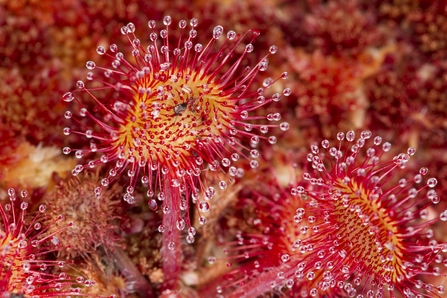
©Mark Hamblin/2020VISION
For peat’s sake
By now we hope you agree that our peatlands are truly epic places. Unfortunately, the current state of play is that 80% of the UK’s peatlands are considered damaged. There are many drivers of this damage: drainage, fire or commercial peat extraction to name just a few. In contrast to the rich habitat described above, damaged peatlands are a brown and broken landscape where the vegetation is stripped away to show eroding bare peat. From the air, drainage channels, a key driver of the decline, look like scars pulling this landscape apart at the seams. These channels dry out our peatlands which limits their ability to store carbon.
Everything our peatlands do for us is completely reversed when they are in this damaged state and every year that the problem isn’t fixed it gets harder to solve. In a time of a climate emergency where we are chasing ‘net-zero’, surely, we must ensure these iconic landscapes are working for us, not against us.
But don’t fret, help is at hand! There are many projects across the UK fighting to restore our precious peatlands. The Yorkshire Peat Partnership is a project managed by Yorkshire Wildlife Trust, which over the last 10 years has restored around 30,000 hectares of peatland (equivalent in size to the city of Manchester three times over).
They work with their partners to reverse the damage by blocking drainage channels and re-planting bare peat. Using a range of techniques, Yorkshire Peat Partnership has brought key species like cotton grass and sphagnum moss back to our peatlands. Helping to create a habitat that is both rich for wildlife and for people. Truly a living landscape project in action.
And this is just one of the many Wildlife Trusts programmes: Bedfordshire, Cambridgeshire and Northamptonshire is forging ahead with their Great Fen project – and Cumbria, Derbyshire, Lancashire, Manchester and North Merseyside, Montgomeryshire, Scottish, Shropshire and Ulster Wildlife Trusts all lead or are involved in major peatland restoration programmes, whilst plenty more manage peatland nature reserves.
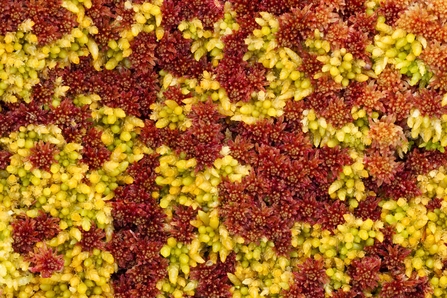
©Mark Hamblin/2020VISION
The future is peat
However, the job is far from over. The task to restore all our peatlands is huge and we need as many people to help as possible. We ask you to join with us, be it swapping to peat-free compost in your garden or supporting projects like Yorkshire Peat Partnership, please do what you can to restore our precious peatlands.
After reading this we hope you have learnt to love this weird and wet habitat, and that you agree that a Wilder Future is not possible without restored peatlands at its heart.
